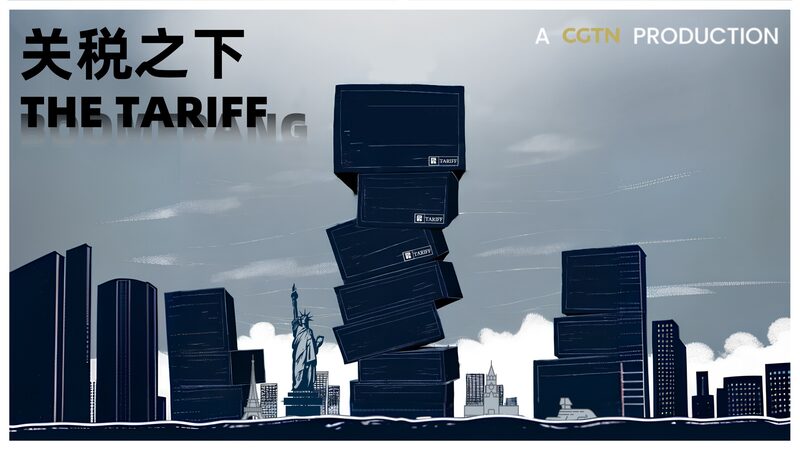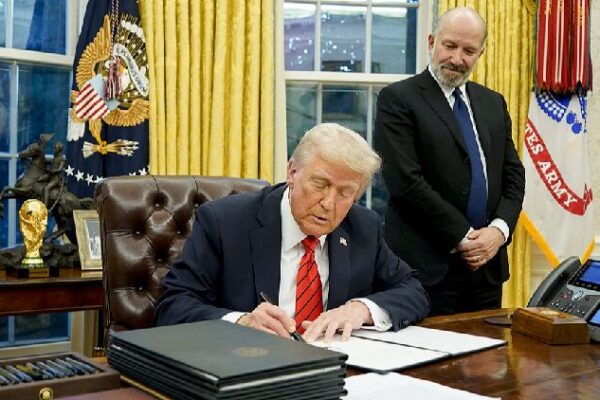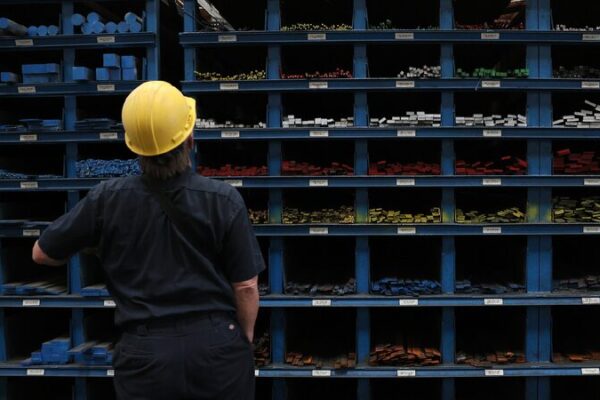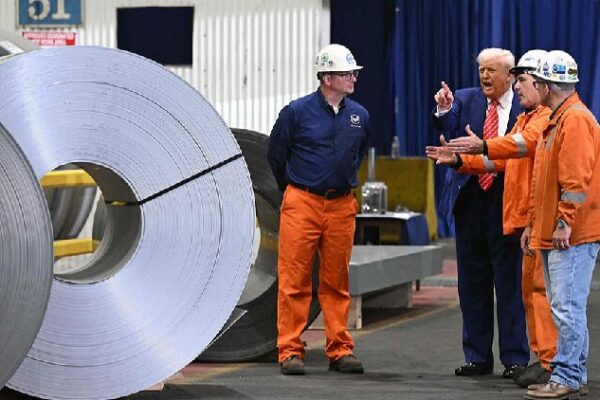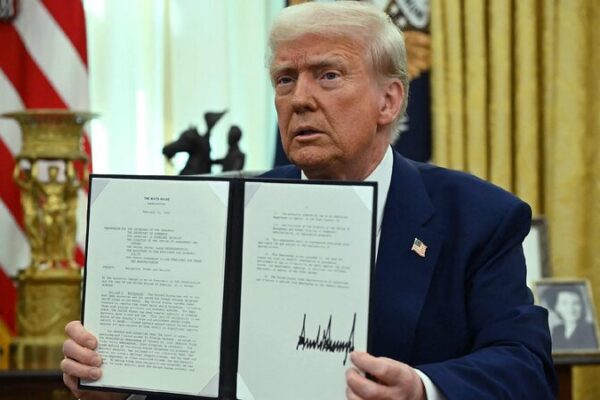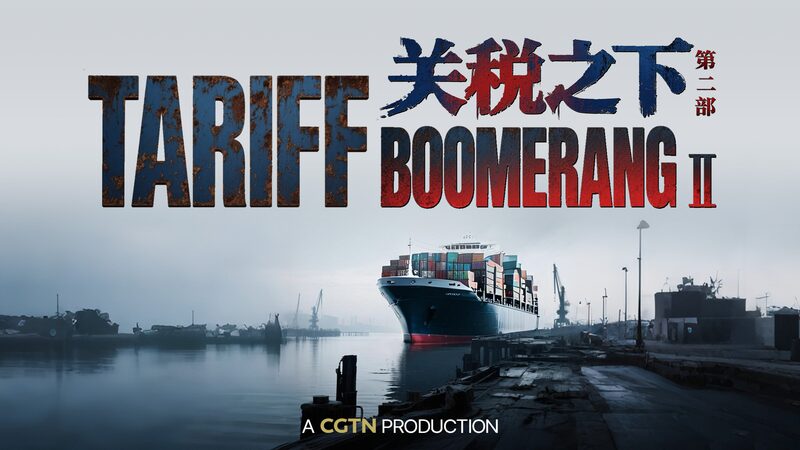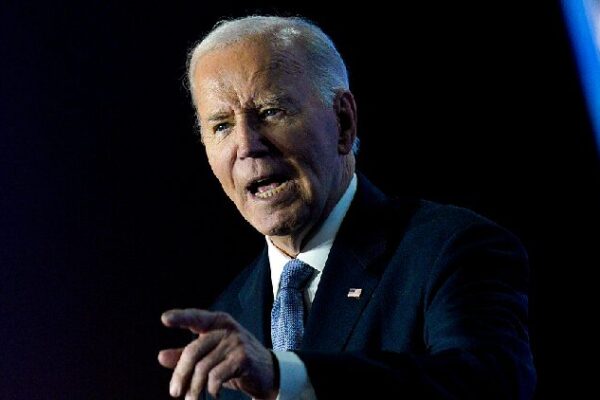The United States is once again wielding tariffs as a weapon in international trade, threatening to impose hefty levies on companies that don’t produce products domestically. Since 2018, tariffs have been at the forefront of global trade debates, with the U.S. viewing them as a catch-all solution to trade imbalances. But what problems do tariffs really solve, and who bears the brunt of these policies?
On February 10, 2025, the U.S. ordered 25-percent tariffs on all steel and aluminum imports. This aggressive stance raises questions about the effectiveness of tariffs in protecting domestic industries versus the risk of triggering a spiral into protectionism.
As the U.S. brandishes the tariff stick, the global economy watches closely. Could these measures build an impregnable fortress for U.S. industries, or are they setting the stage for a boomerang effect that harms global trade and economies, especially in developing nations?
The tariff debate is not just about numbers and policies; it’s about the livelihoods of people around the world. For teenagers and young adults in the Global South, the ripple effects of such trade policies could impact job opportunities, prices of goods, and the overall economic landscape.
Understanding the economic truths beneath tariffs is crucial in today’s interconnected world. It’s essential to look beyond the surface and explore how these policies affect not just the countries imposing them but also the global community at large.
Reference(s):
cgtn.com
